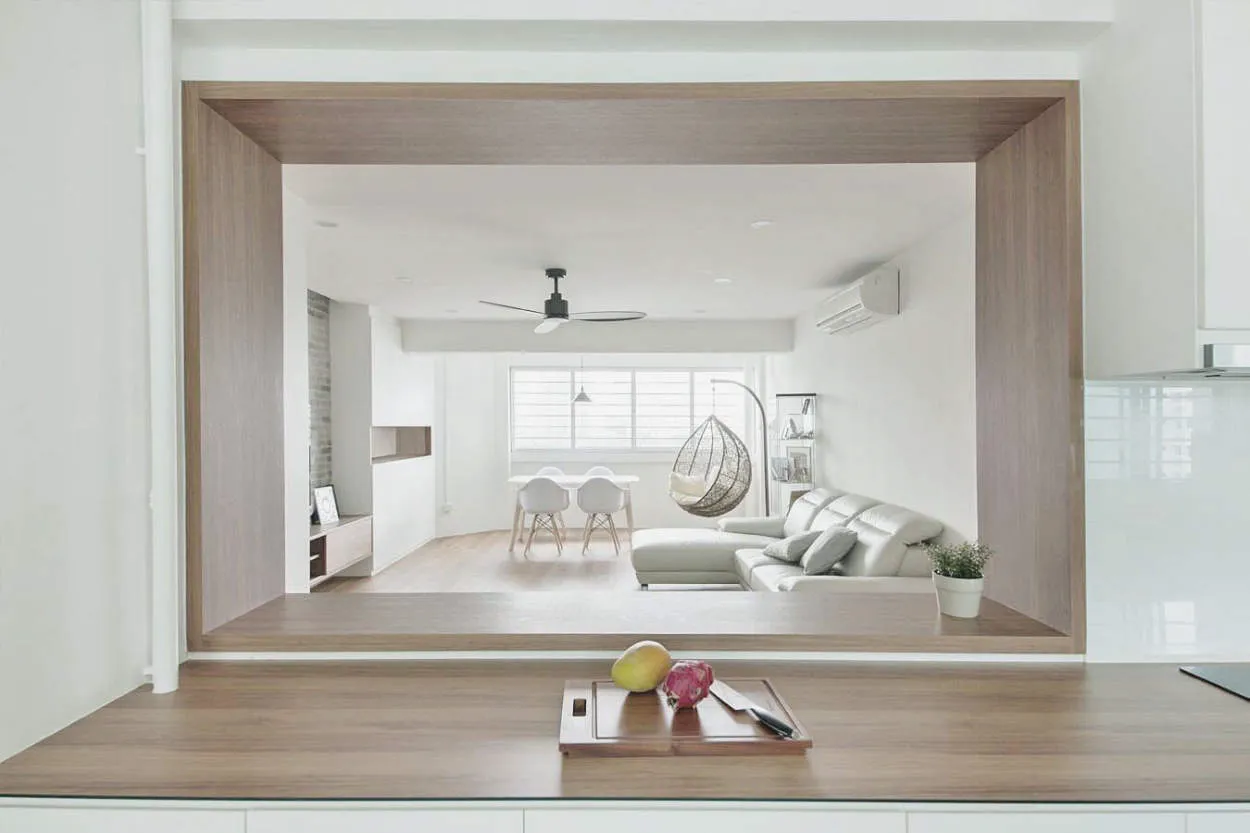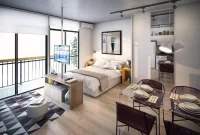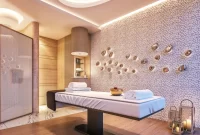Discover the beauty of Scandinavian simplicity with our article on embracing minimalist design. Explore how the combination of clean lines, natural elements, and functional aesthetics can transform your living space into a serene and minimalist haven.
The Origins of Minimalist Design
Minimalist design is an aesthetic that has gained popularity in recent years, particularly in the world of interior design. Its roots can be traced back to the Scandinavian design movement of the mid-20th century, which emphasized simplicity, functionality, and clean lines.
Scandinavian designers, such as Arne Jacobsen and Alvar Aalto, believed that good design should be accessible to everyone and should enhance everyday life. Their approach was influenced by the harsh Scandinavian climate, where long winters required a focus on creating warm and cozy living spaces.
In the 1960s, minimalist design began to garner attention beyond Scandinavia. Influenced by Japanese design principles, which also emphasize simplicity and natural materials, minimalist design became popular worldwide.
Minimalist design is characterized by its clean and uncluttered aesthetic. It eliminates unnecessary elements and focuses on functionality. Neutral color palettes, such as whites, grays, and earth tones, are commonly used to create a sense of calm and simplicity. Natural materials like wood and stone are also often incorporated to bring warmth and texture into the space.
Today, minimalist design continues to evolve and adapt to the modern world. It is highly regarded for its timeless appeal and ability to create serene and uncluttered living spaces. Whether in interior design, graphic design, or product design, minimalist principles are widely recognized and embraced.
Key Principles of Scandinavian Simplicity
Scandinavian Simplicity is a design philosophy that has gained immense popularity in recent years. It is characterized by its minimalist approach and emphasis on functionalism, clean lines, and natural materials. This design aesthetic originated in the Nordic countries and has influenced architecture, interior design, and even lifestyle choices. Understanding the key principles behind Scandinavian Simplicity helps us embrace this minimalist design trend.
1. Minimalism
At the core of Scandinavian Simplicity is the concept of minimalism. This design philosophy focuses on stripping away unnecessary elements and clutter, leaving behind only what is essential and functional. Clean lines, neutral color palettes, and simple forms are common features of Scandinavian design.
2. Functionality
Scandinavian Simplicity places a strong emphasis on functionality. Design should serve a purpose and be practical in its use. Furniture and objects are designed with usability and efficiency in mind, resulting in spaces that are not only beautiful but also highly functional.
3. Natural Materials
The use of natural materials is another key principle of Scandinavian Simplicity. Wood, in particular, is highly valued in this design style. It brings warmth and a sense of nature into the space. Other natural materials such as stone, leather, and wool are also commonly used to add texture and a tactile element.
4. Light and Airiness
Scandinavian Simplicity emphasizes the use of light and the creation of airy spaces. Natural light is maximized through large windows, and lighter color schemes are chosen to reflect and enhance the available light. This creates an open and welcoming atmosphere, which is a hallmark of Scandinavian interiors.
5. Connection to Nature
Scandinavian design seeks to establish a strong connection to nature. The simplicity and use of natural materials aim to bring the outdoors inside. Elements inspired by nature, such as organic shapes and botanical motifs, are often incorporated into the design to create a sense of harmony with the natural world.
6. Coziness and Hygge
An integral part of Scandinavian Simplicity is the concept of “hygge” (pronounced hoo-gah), which roughly translates to coziness and contentment. This concept emphasizes creating a warm and inviting atmosphere, often achieved through the use of soft textiles, warm lighting, and comfortable seating.
By embracing the key principles of Scandinavian Simplicity, we can create spaces that are visually appealing, functional, and in harmony with nature. Whether it’s in our homes, offices, or public spaces, this minimalist design philosophy offers a refreshing and calming aesthetic that is both timeless and adaptable.
Scandinavian Simplicity: Embracing Minimalist Design (Design Photos)
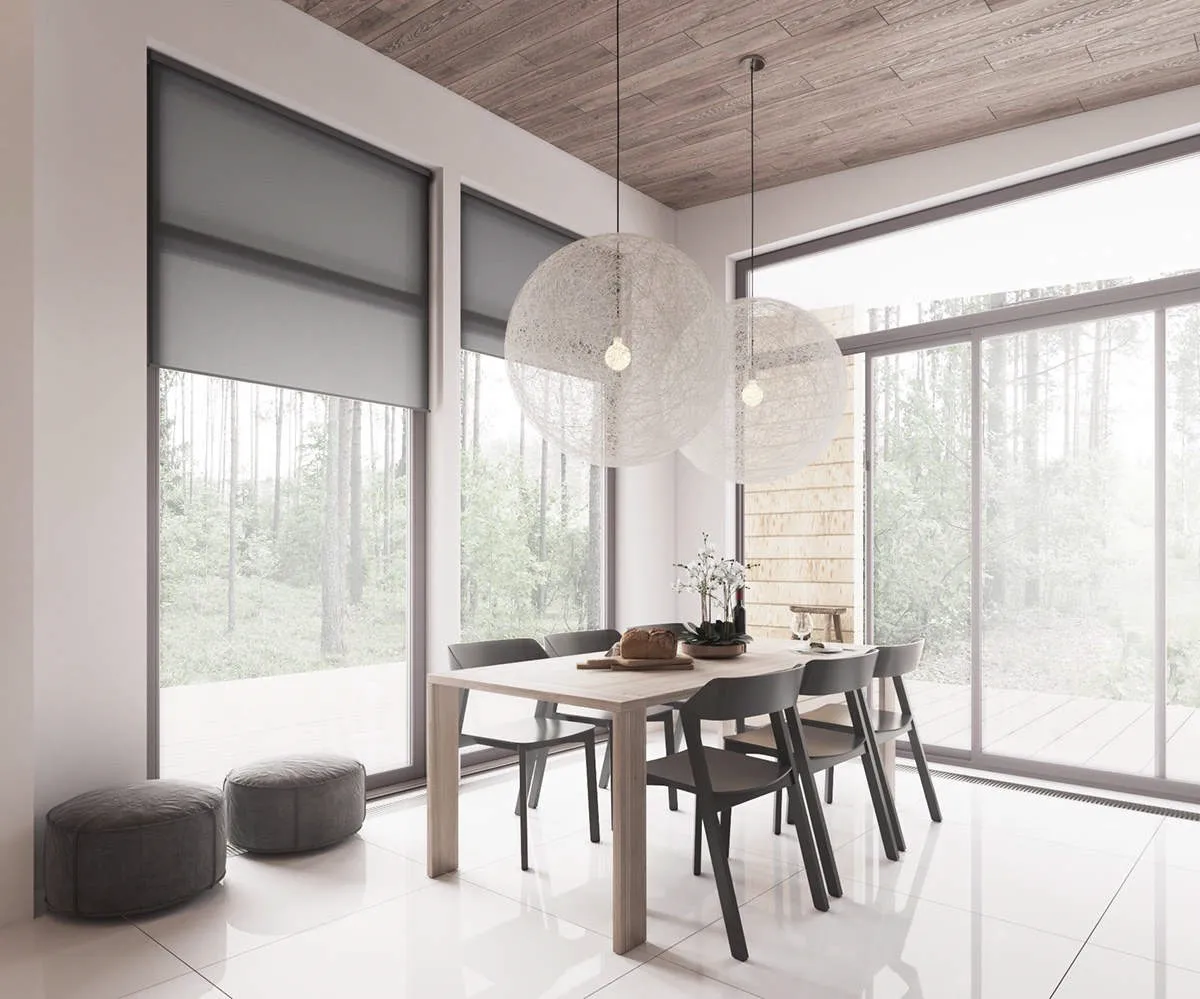
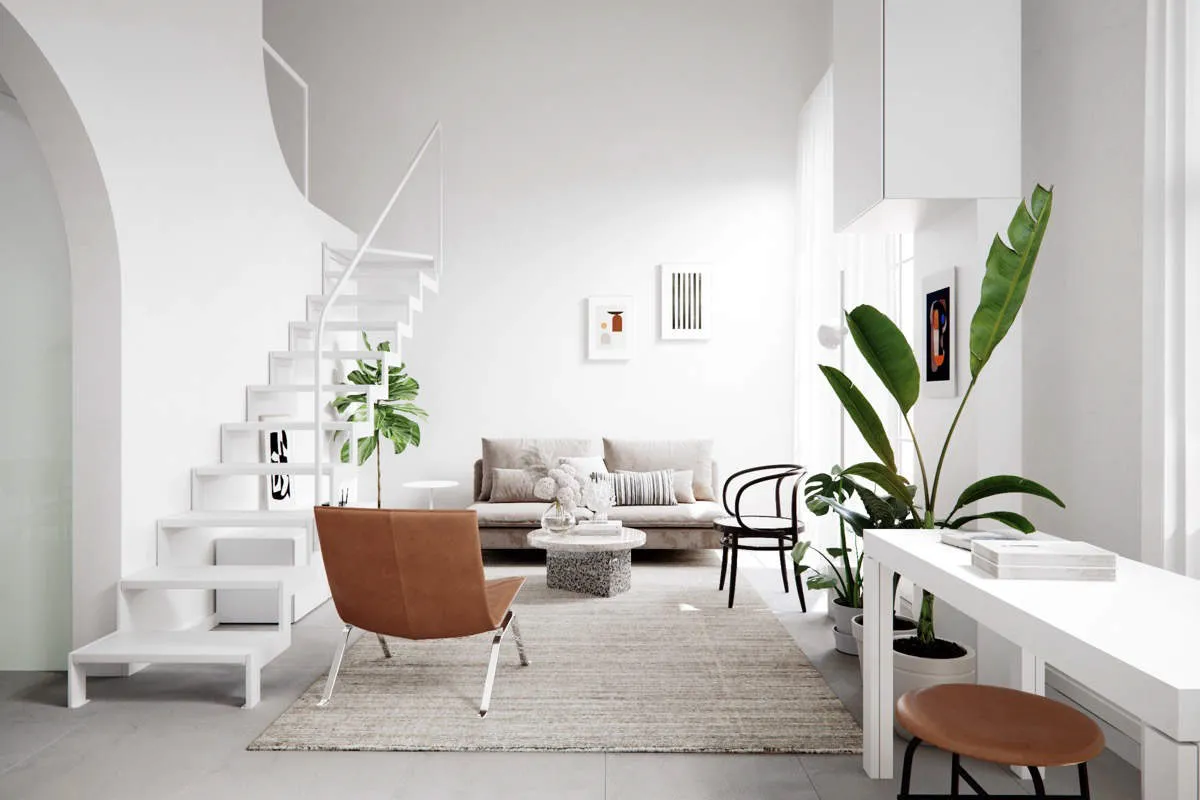

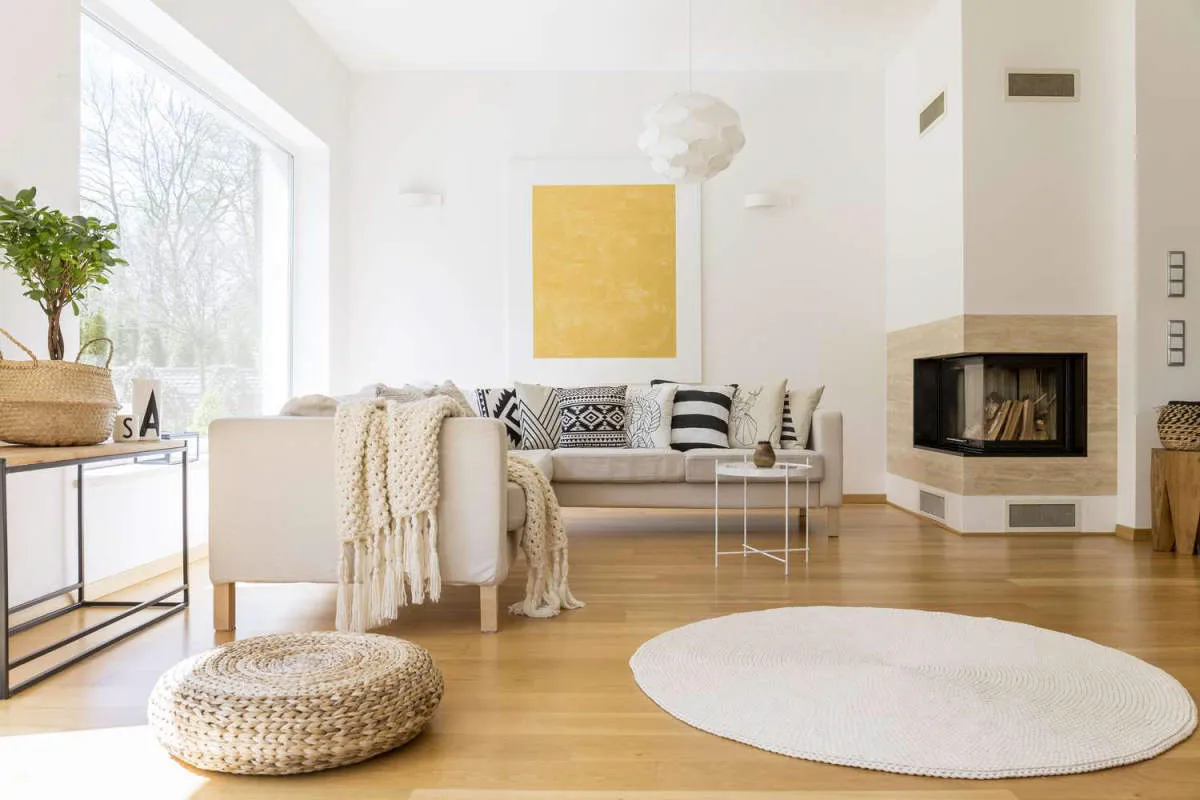
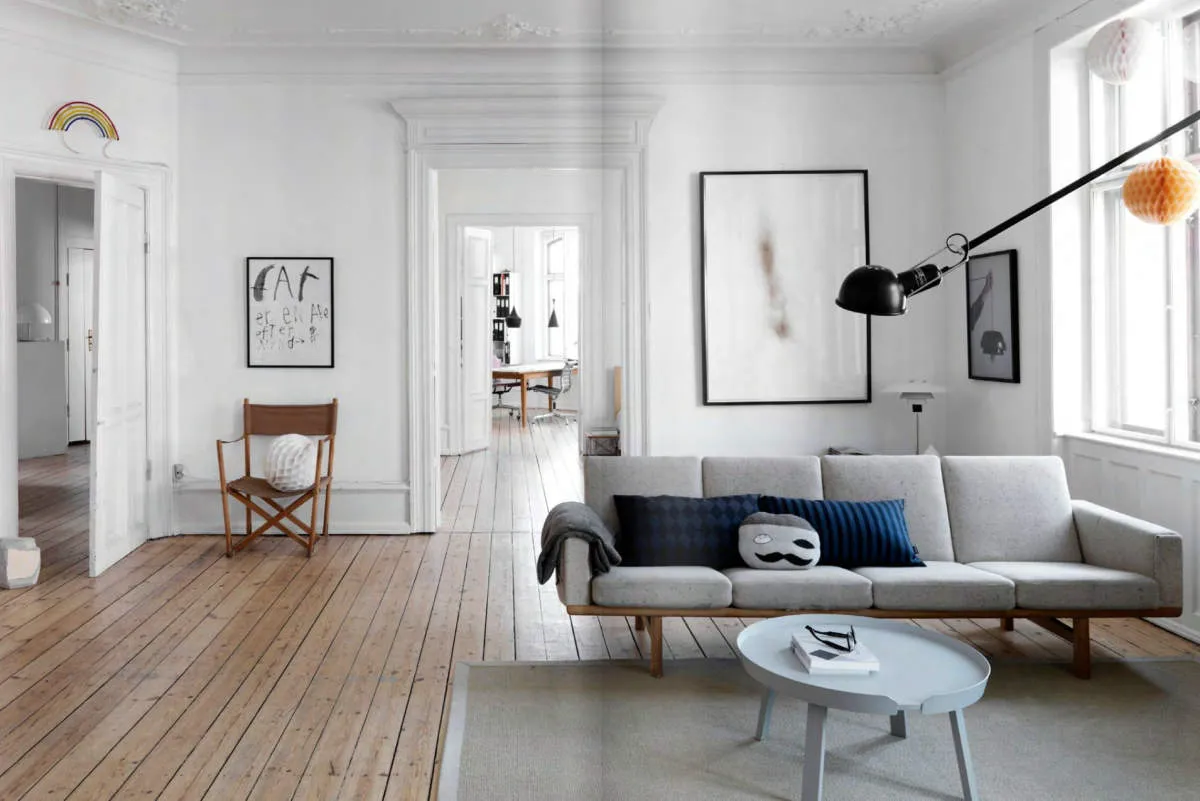
Conclusion
Embracing the Scandinavian simplicity and minimalist design has proven to be a timeless trend in the world of interior design. With its emphasis on functionality and clean lines, this style promotes a sense of calm and tranquility in any space. Whether it’s a small apartment or a spacious home, incorporating elements of Scandinavian design can truly transform the ambiance and bring a touch of elegance and sophistication.

